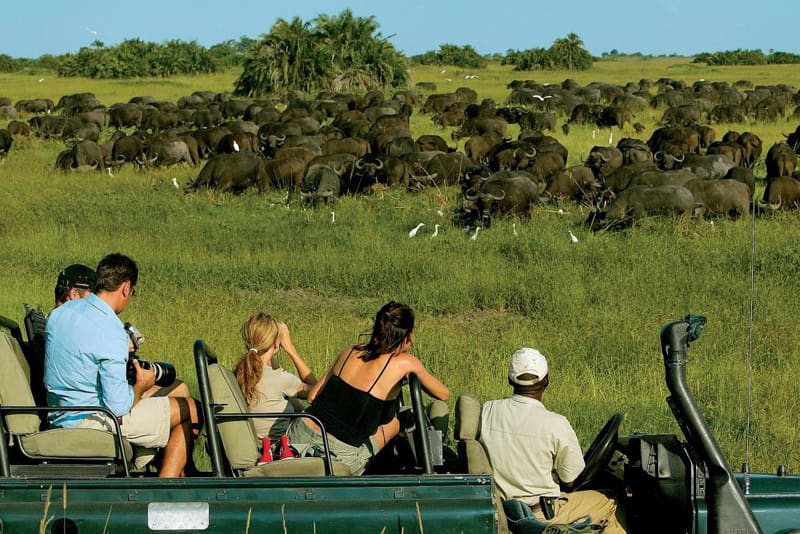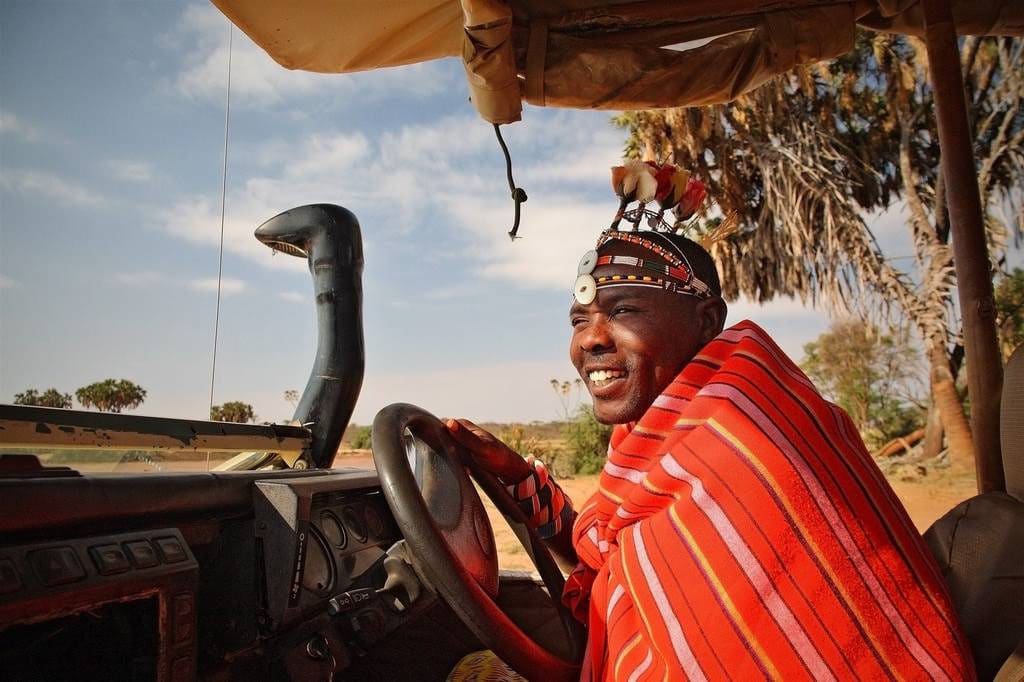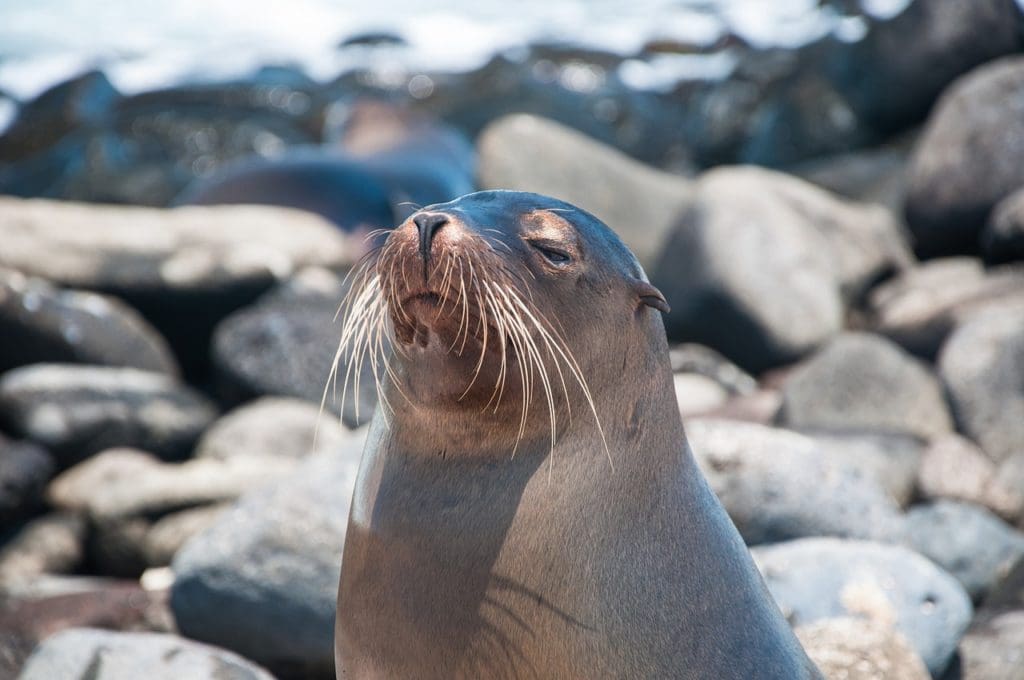 No, you don’t have to throw money from the train window or bring loads of trinkets or pencils along as giveaways. In fact, you don’t have to dip into your pocket at all to practice sustainable tourism.
No, you don’t have to throw money from the train window or bring loads of trinkets or pencils along as giveaways. In fact, you don’t have to dip into your pocket at all to practice sustainable tourism.
Sustainable travel is based largely on the choices you make. You may be one of the more than one billion people who travel abroad annually, making the travel industry one of the largest globally. That’s a lot of people, who can potentially make a lot of good decisions.
The United Nations has declared 2017 as The International Year of Sustainable Tourism for Development. Three key pillars of Sustainable Tourism center on environmentally friendly practices; support for protecting cultural and natural heritage; and social and economic benefits to local people.
But how do you begin? By selecting the right travel partners, you support these worthy goals and help further cross-cultural understanding and peace in the world. AND have the vacation of a lifetime at the same time.
Big Five’s Commitment to Sustainable Tourism in East Africa
 At Big Five Tours & Expeditions, our longstanding commitment to sustainable tourism runs deep, and we are proud to be the only travel company to have won the prestigious Virtuoso Sustainable Tourism Leadership Award, not once, but twice (2014 and 2016). We understand that a wonderful holiday and supporting sustainable tourism can go hand in hand.
At Big Five Tours & Expeditions, our longstanding commitment to sustainable tourism runs deep, and we are proud to be the only travel company to have won the prestigious Virtuoso Sustainable Tourism Leadership Award, not once, but twice (2014 and 2016). We understand that a wonderful holiday and supporting sustainable tourism can go hand in hand.
In East Africa, where Big Five began, we have long supported private wildlife conservancies that include small-scale tented safari camps and authentic ecolodges. These conservancies, owned by local indigenous communities, deliver jobs, educational opportunities and vital income to the indigenous landowners. The local community directly benefits – with dignity and without charity – through your stay.
Like you, Big Five plans journeys by selecting trusted partners, partners who share our sustainability mindset. We ask in-depth questions about their operations, their local employees, the systems they have in place, and their projects and plans.
Minimizing Tourism’s Impact in Australia

For example, in Northern Australia’s ‘Top End’ on the edge of the Mary River floodplains, is a camp on a private buffalo pastoral property overlooking the floodplains. This region is home to an extraordinary wilderness in the Mary River Delta, just west of Kakadu National Park. The camp has carefully planned every aspect – energy usage, waste disposal, choice of linens, recycling bottles and eco-certified cleaning materials – with an eye to minimizing impacts on the land.
The sun generates about 75% of the camp’s power through an array of 128 solar panels, ensuring a predominantly clean source of energy. The guests benefit from being able to hear the sounds of the bush at night instead of the continual noise of a diesel generator. In addition to employment opportunities, the camp also supports communities by using locally sourced products. Equally important is promoting a more intimate interaction between guests, the local ecosystems, and the local community.
Environmental Practices in Ecuador
 For decades, the primary method of exploring Ecuador’s fabled Galapagos Islands was by ship. That has led to a slow degradation of the islands with too much – too many ships, too many people and too much pollution. This is a classic example of a destination being “loved to death.”
For decades, the primary method of exploring Ecuador’s fabled Galapagos Islands was by ship. That has led to a slow degradation of the islands with too much – too many ships, too many people and too much pollution. This is a classic example of a destination being “loved to death.”
However, there is another way. A handful of hotels in the islands are heralding the way toward the historic islands’ future: land-based exploration, where guests fly between islands. This results in fewer visitors, less stress on the islands and less pressure on the marine ecosystems while providing an improved visitor experience.
These properties are implementing core environmental practices to conserve resources and protect the unique attributes of each island. Projects include an extensive network for rainwater collection, water treatment plants for purification for their own water uses, and consistently monitoring water systems to discover and avoid leaks. One drop of water leaked per second from a pipe can add up to 2,650 gallons of water lost annually!
Other sustainable activities include organic gardening to produce fruits and vegetables. This reduces the carbon footprint by reducing the amount of food imported and by recycling homemade compost. The gardens also improve fresh food availability. In addition, energy-saving measures include solar panels, LED light bulbs, movement sensors, and more efficient electrical appliances, improved insulation in rooms, using environmentally-friendly and biodegradable detergents, and providing biodegradable amenities such as shampoos for guests.
With a billion or more of us roaming the world each year, we have it in our power to make powerful, positive impacts simply by choosing wisely.
Contact the vacation advisors at Covington Travel for help choosing travel partners who support sustainable tourism.
Covington Travel is pleased to recognize Big Five Tours & Expeditions as a valued travel partner and author of this post.







Leave a Reply